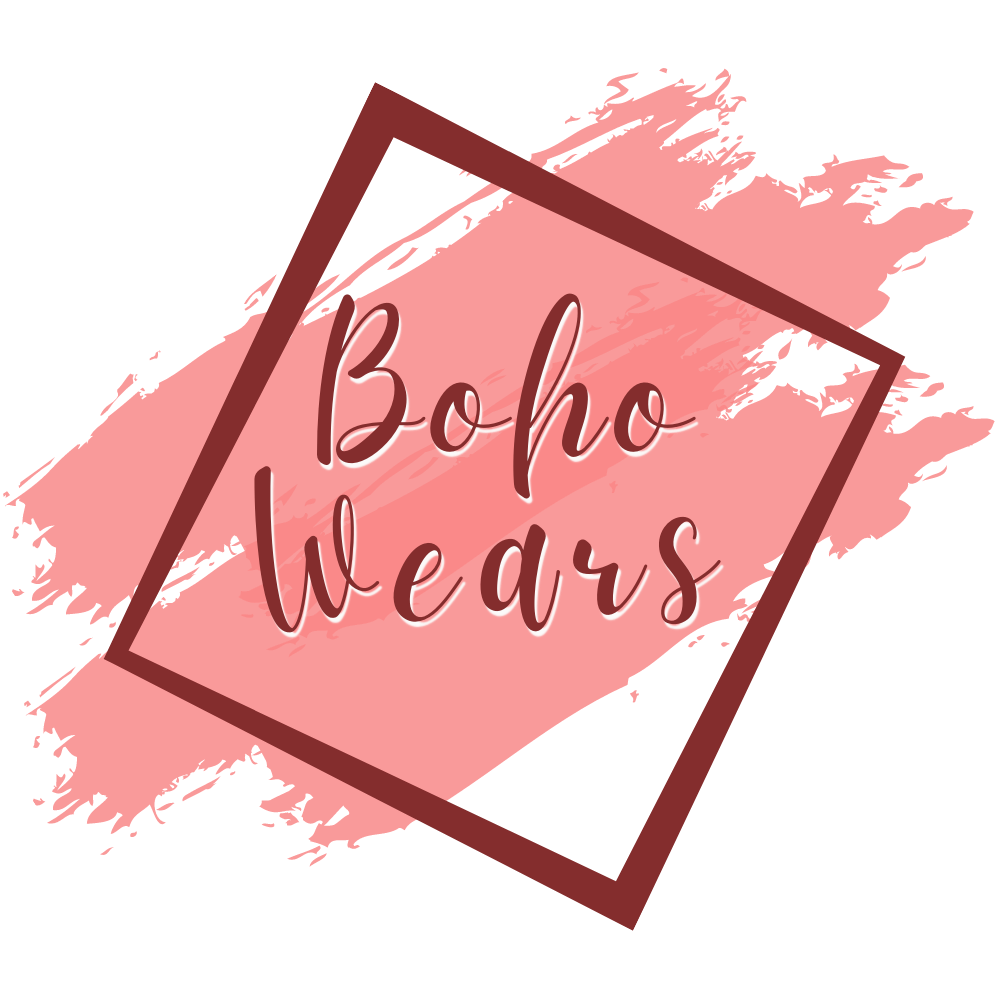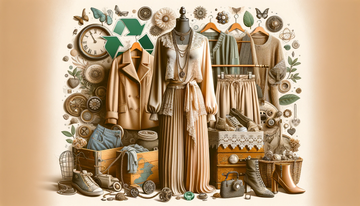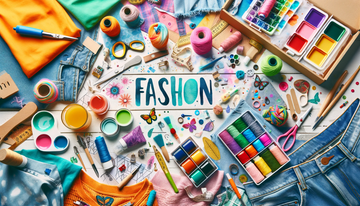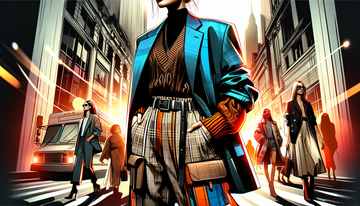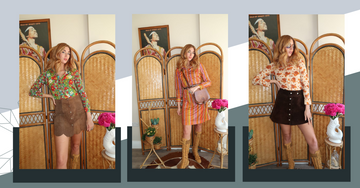
Introduction
The term "Bohemian" is synonymous with a free-spirited, unconventional lifestyle, often linked to artists, writers, and intellectuals. While bohemian now describes an eclectic aesthetic filled with vibrant colors, patterns, and layering of textures, it's more than a mere fashion trend—it's a culture with deep historical roots. In our exploration of the fascinating origin and evolution of Bohemian fashion, we'll delve into the appeal of items such as boho tops and blouses, and the timeless charm of bohemian skirts.
The Beginnings of Bohemian
The term "Bohemian" originated from the French word 'Bohémien', referring to the Romani people who were believed to have come from Bohemia in Central Europe. During the 19th century, the term became associated with a counterculture in France—a society of artists, writers, and intellectuals who lived outside conventional norms, much like the nomadic Romani people. Their non-traditional lifestyle was reflected in their attire, including the now iconic boho tops and blouses, marking the genesis of Bohemian fashion.
Artistic Influence and the Belle Époque
During the Belle Époque era (late 1800s to early 1900s), Bohemian culture was romanticized by artists and creatives, who adopted the term to distinguish themselves from the bourgeois mainstream. The women of this era, known as the 'Gibson Girls', started to fuse the structured Victorian style with a more relaxed Bohemian flair, introducing flowing dresses, vibrant fabrics, and intricate patterns into their wardrobes, along with the staple bohemian skirts. This fusion of artistic influence and the Bohemian spirit shaped the early aesthetics of Bohemian fashion.
Hippie Movement and the 1960s-70s
The Bohemian style experienced a significant resurgence during the 1960s and 70s, thanks to the peace-loving hippie movement. The Bohemian ethos of free expression, love for nature, and rejection of consumerism resonated with the hippies. Their fashion reflected this, embracing earth tones, ethnic prints, loose silhouettes, and natural fabrics. Key boho-style elements, such as fringed vests, bell-bottom jeans, maxi dresses, and headbands, became the hallmarks of the era, not forgetting the must-have boho tops and blouses.
Modern Bohemian: The 21st Century and Beyond
Today, Bohemian style, often termed 'Boho-Chic', combines its rich history with contemporary influences. It's still about expressing individuality and freedom but has been adapted to fit modern fashion trends. Flowing dresses, embroidered tunics, boho tops and blouses, wide-brimmed hats, and abundant accessories are mainstays, but there's also a high-fashion element, with many designers incorporating boho-inspired pieces in their collections. And of course, bohemian skirts continue to be a favorite among Boho-Chic enthusiasts.
Bohemian Fashion and Sustainability
In recent years, the Bohemian fashion movement has also taken a stand for sustainability and ethical practices, resonating with its love for nature and respect for human rights. Many modern Bohemians prioritize artisan-made, fair-trade, and eco-friendly clothing, including boho tops and blouses and bohemian skirts, staying true to the boho spirit while also promoting a more sustainable fashion industry.
Conclusion
The journey of Bohemian fashion, from its nomadic roots to its modern interpretations, is a testament to its timeless appeal. While the style continues to evolve, its essence—individualism, freedom, artistic expression, and a connection with nature—remains intact. At BohoWears, we embrace these principles, offering a diverse range of Bohemian clothing that celebrates the past, the present, and the exciting future of Bohemian fashion.
